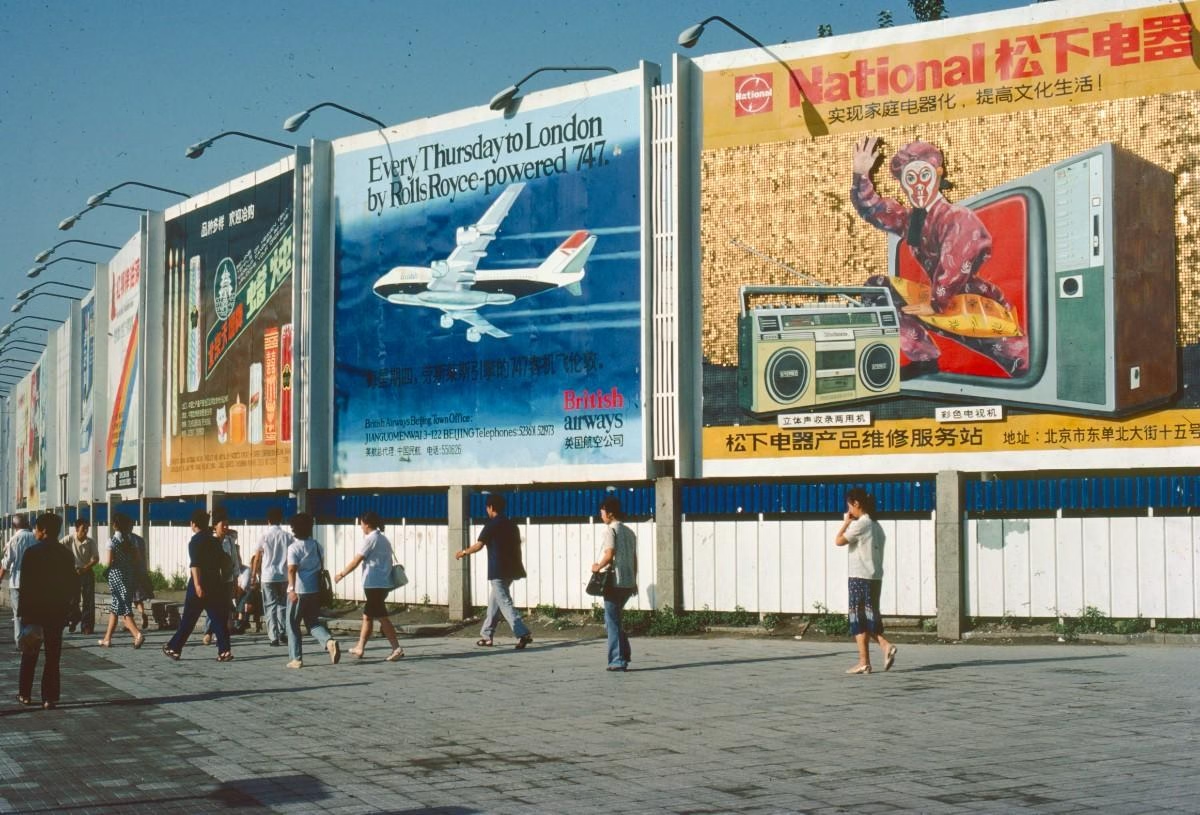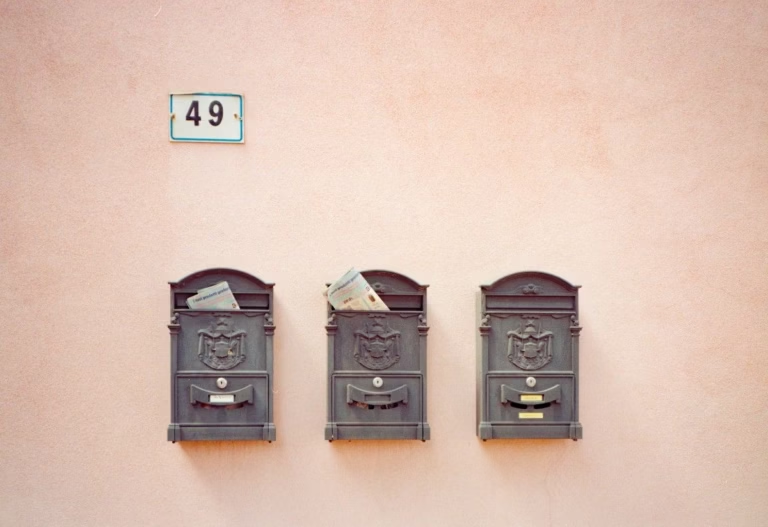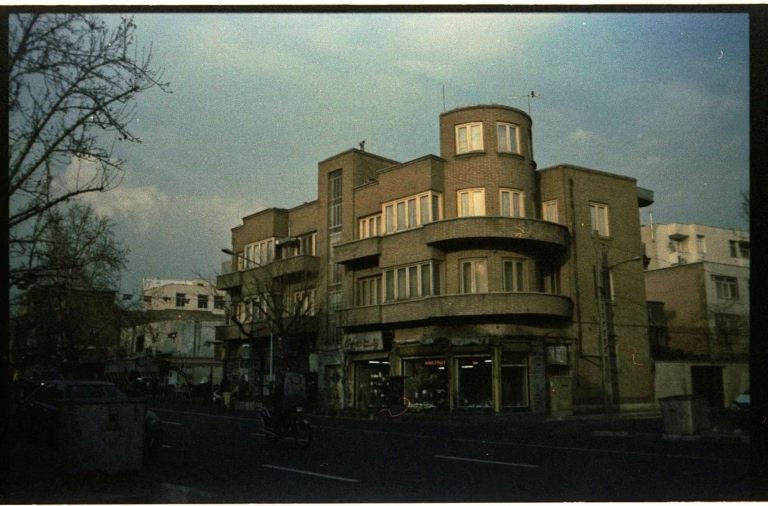Do Homeowners Need Flood Insurance in Low-Risk Areas?
If your home is in a FEMA-designated “low-risk” flood zone, you might assume flood insurance isn’t necessary. After all, why pay for coverage you’ll likely never use?
But here’s the truth: More than 1 in 5 flood claims come from low- to moderate-risk zones. As climate patterns shift and intense weather becomes more common, the definition of “low risk” is quickly becoming outdated.
In this guide, we’ll break down why flood insurance can still be a smart choice even in areas where it’s not required.
What Is a Low-Risk Flood Zone?
FEMA’s Flood Insurance Rate Maps (FIRMs) classify properties into risk zones:
- High-risk (Special Flood Hazard Areas – SFHAs): Zones beginning with A or V.
- Moderate- to low-risk: Zones labeled B, C, or X.
If your home is in a Zone X, it’s considered low-risk by FEMA standards. However, “low risk” does not mean no risk.
Why Flood Insurance Still Matters in Low-Risk Areas
1. Flooding Can Happen Anywhere
According to FEMA:
“Anywhere it can rain, it can flood.”
Flash floods, overwhelmed drainage systems, melting snow, and construction-related changes in elevation or runoff can all lead to unexpected water damage.
2. More Than 20% of Flood Claims Come from Outside High-Risk Zones
Homeowners in Zone X areas filed millions in flood claims over the past decade. In fact, during major storms like Hurricane Harvey, many flooded homes were located in low-risk zones with no coverage.
3. Climate Change Is Redrawing Risk Maps
- Heavier rainfall
- Rising sea levels
- Stronger storm systems
These trends are increasing the likelihood of flooding in areas previously considered safe.
FEMA’s maps are being updated, but they’re not always current. Private flood insurance providers often use more modern, dynamic data models.
4. It’s Surprisingly Affordable
Flood insurance in low-risk areas can cost as little as $250–$500 per year through the National Flood Insurance Program (NFIP).
For that price, you can get:
- Up to $250,000 in dwelling coverage
- Up to $100,000 for contents (with separate purchase)
Private insurers may offer even more flexible options at similar or better rates.
When Flood Insurance May Be Required
Even in a low-risk zone, you may need flood insurance if:
- It’s a condition of your mortgage. Some lenders require it regardless of risk zone.
- You’re buying a home with a history of water damage.
- You’re located near a levee, dam, or coastal region.
Always confirm with your lender and local regulations during closing.
Real-World Example
Case: St. Louis, Missouri (Zone X)
In 2022, a “once-in-a-1,000-year” rainfall event dropped over 9 inches of rain in 24 hours. Hundreds of homes flooded many in low-risk areas. Thousands of homeowners without flood insurance paid out-of-pocket or received minimal FEMA disaster aid.
Should You Get Flood Insurance in a Low-Risk Area?
Consider it if:
- You want peace of mind against unpredictable storms.
- You live near rivers, lakes, or hills.
- Your region is seeing increased rainfall or urban development (which affects drainage).
- You want to avoid paying out-of-pocket for major water damage.
Bonus Tip: Use FEMA’s Flood Map Tool
Search your address at msc.fema.gov to check your zone and explore updated flood risk data.




